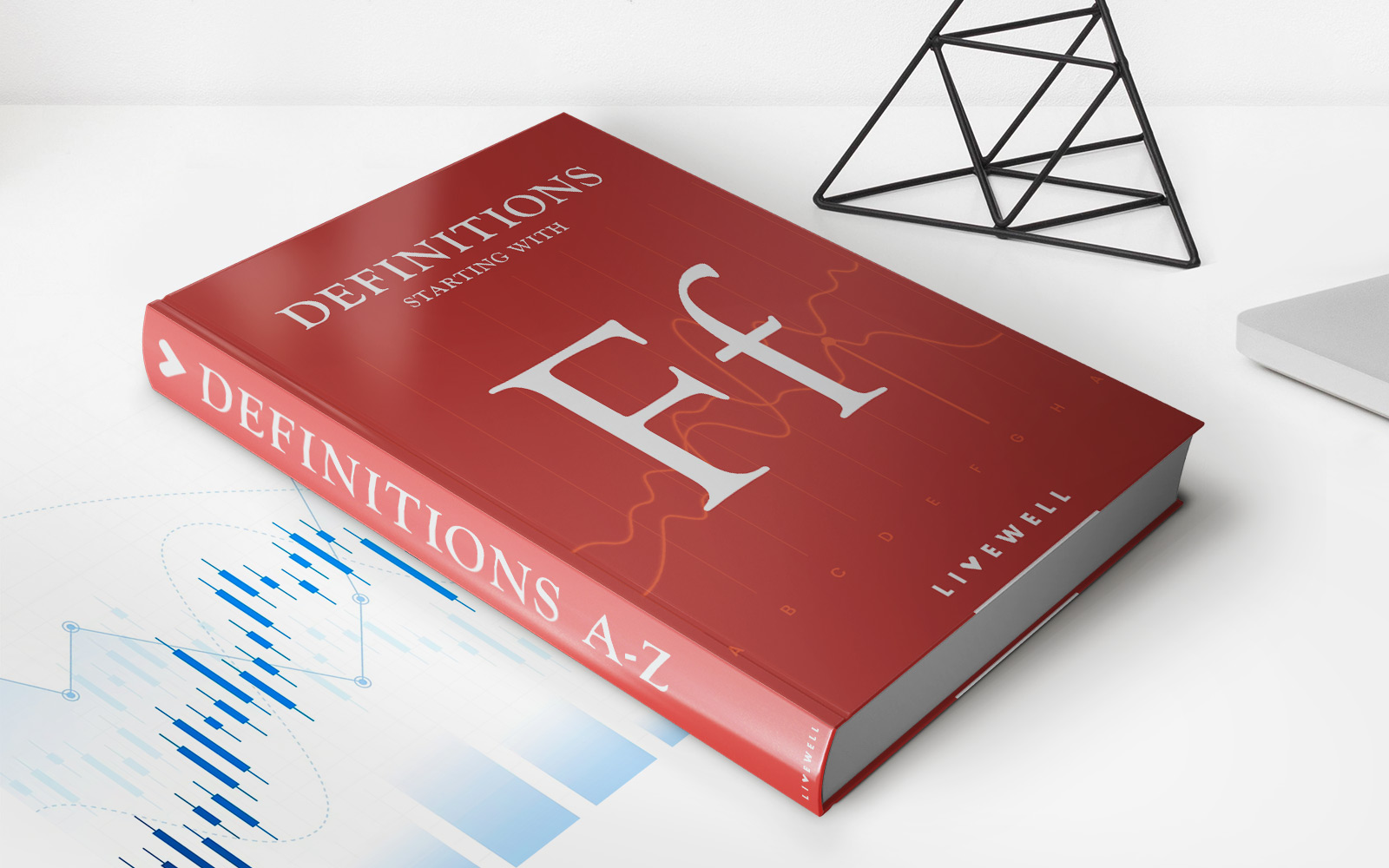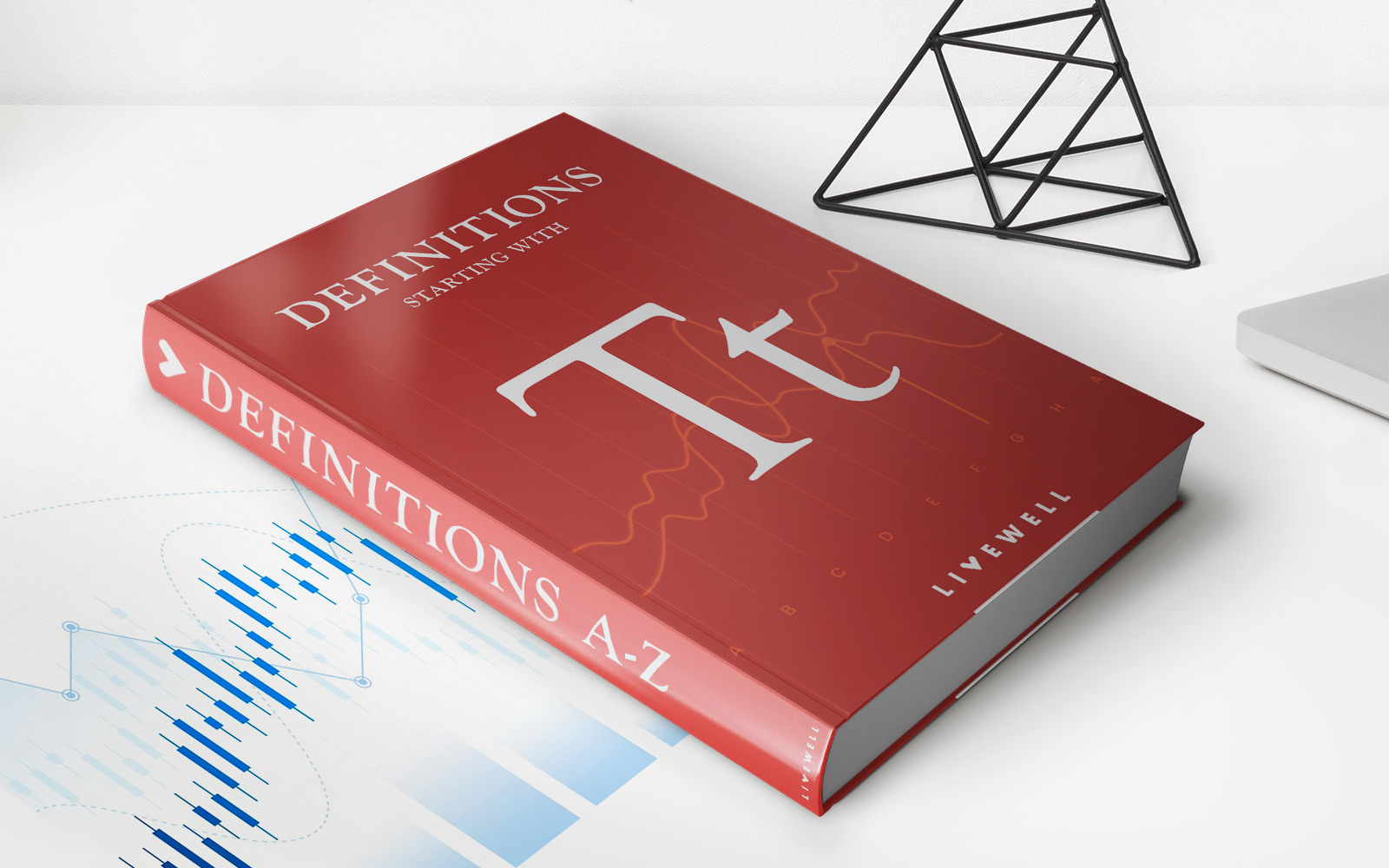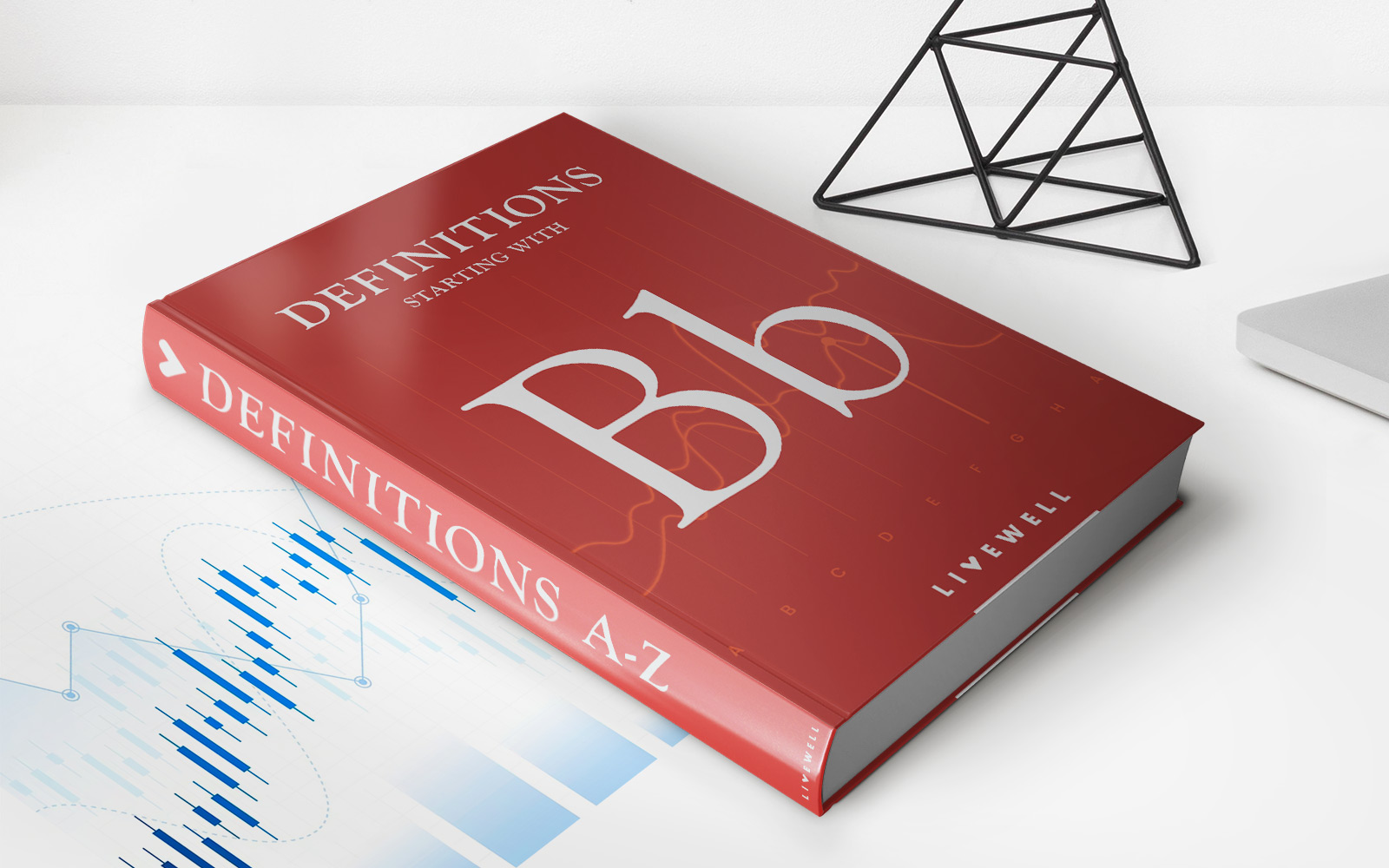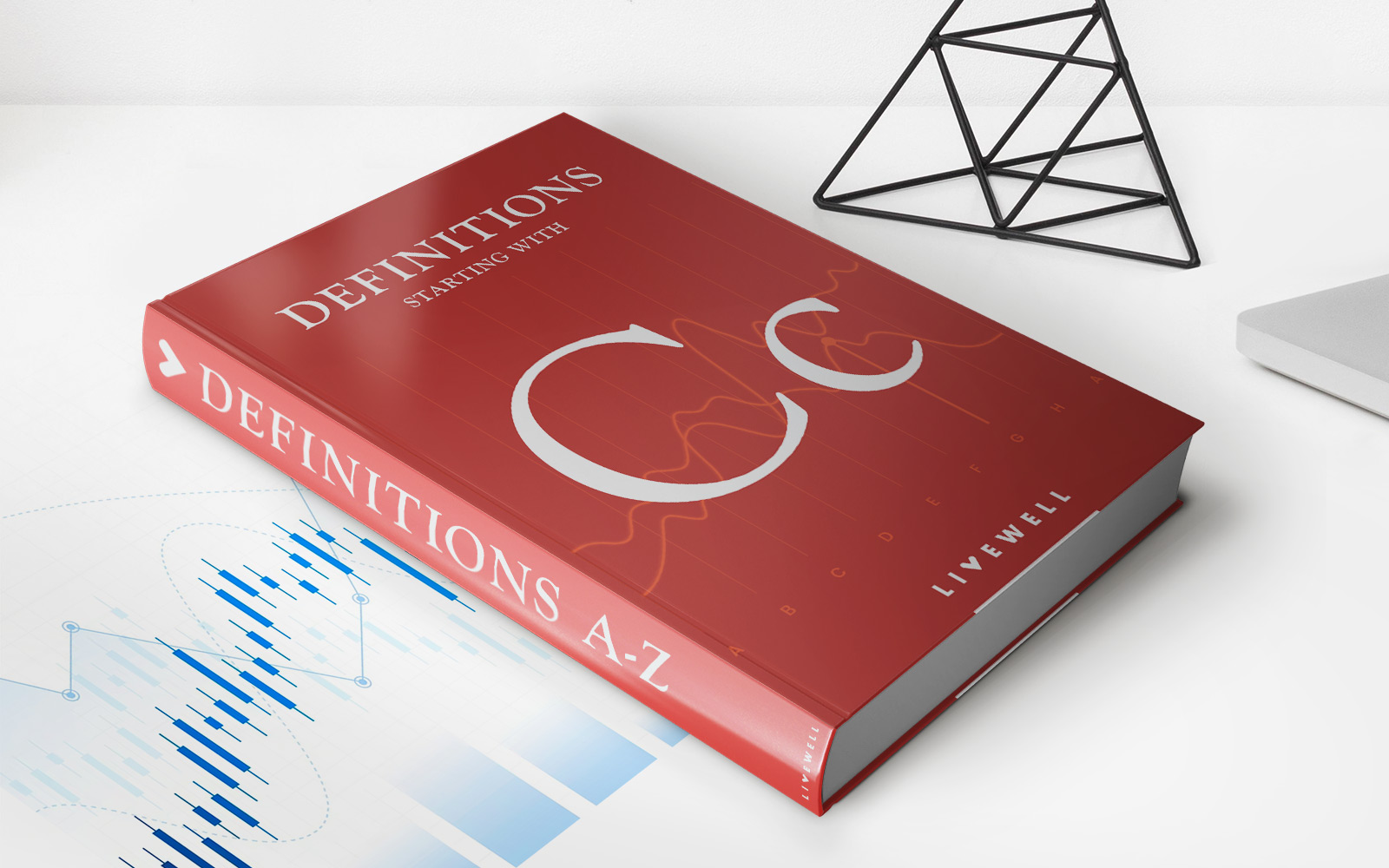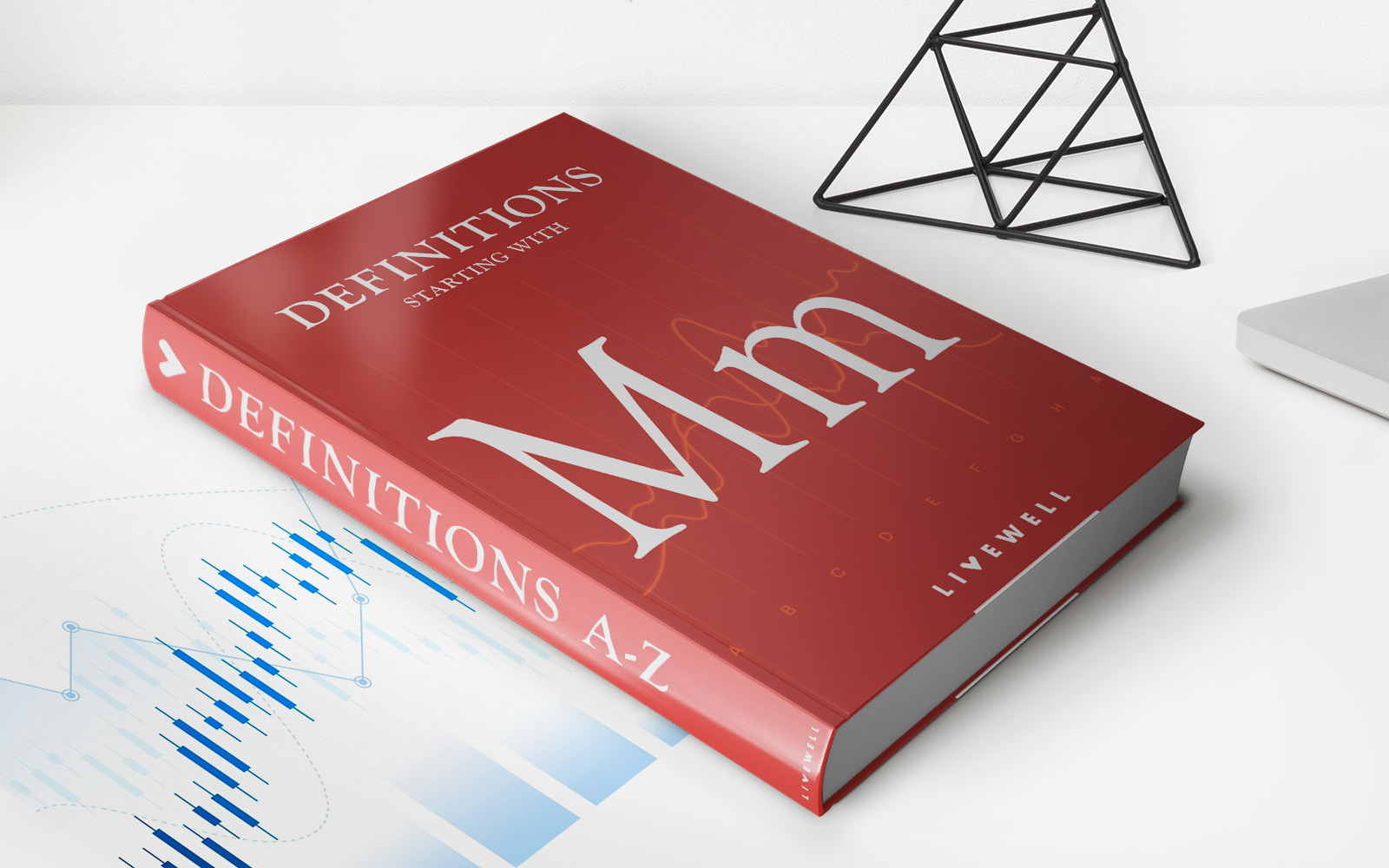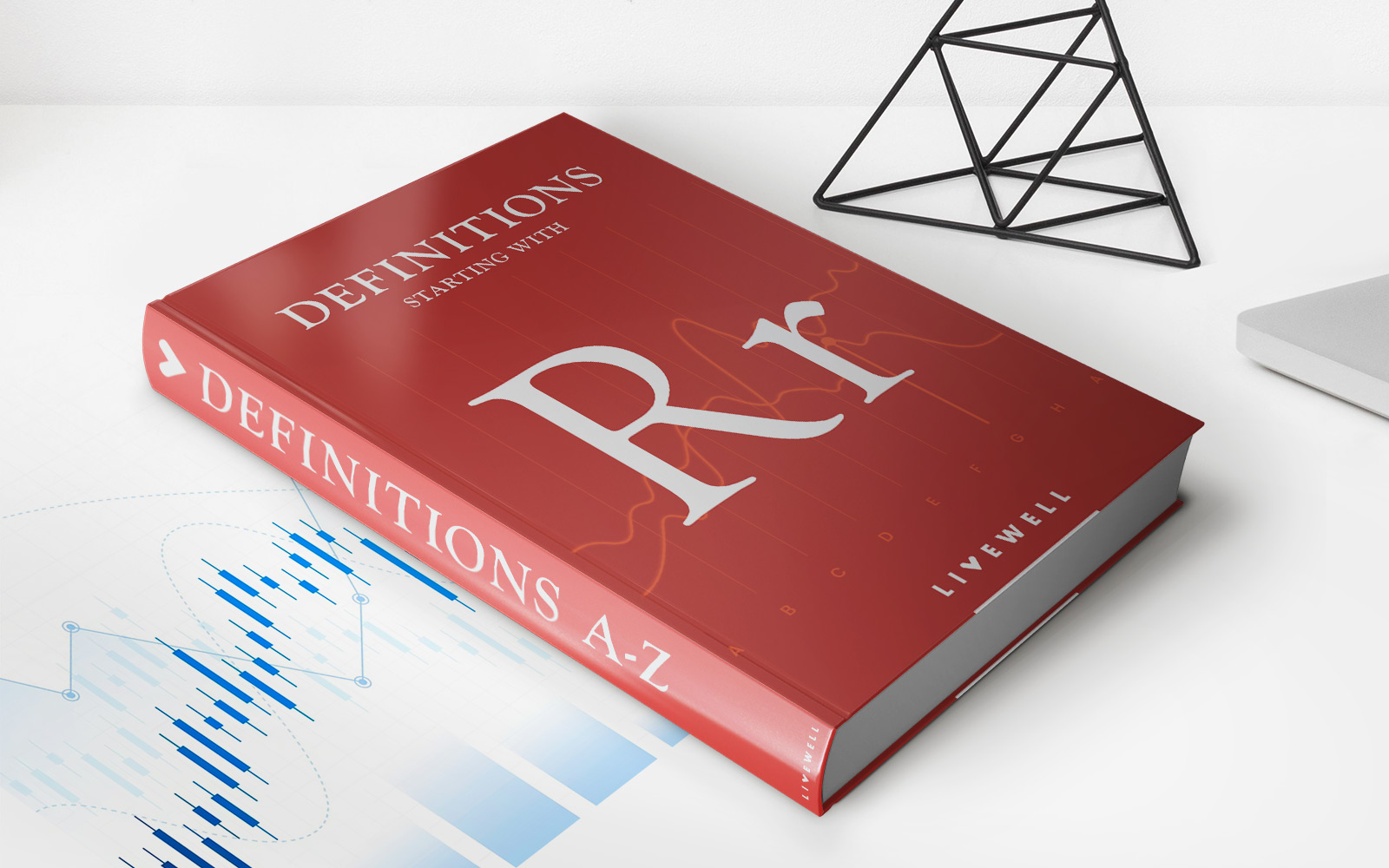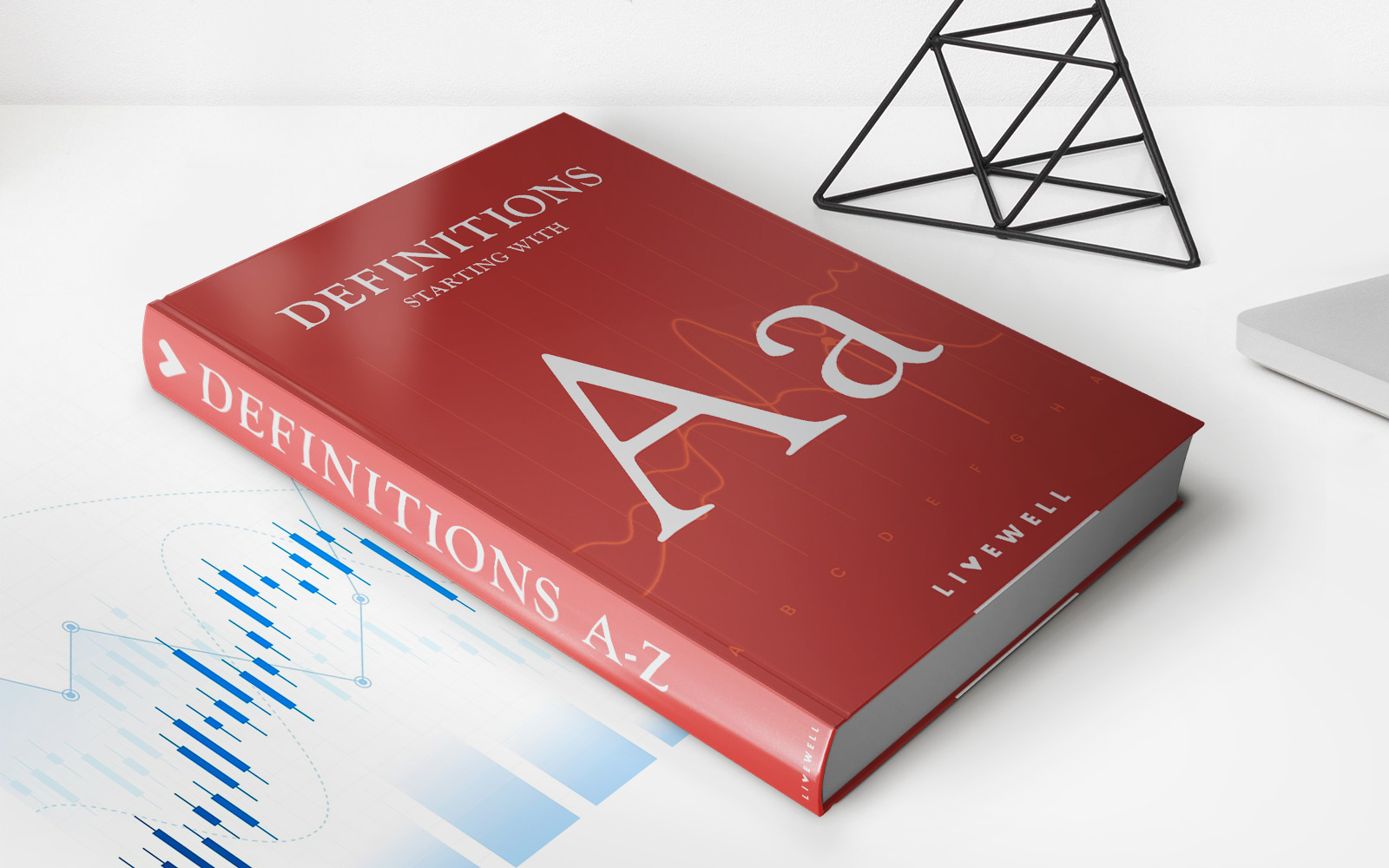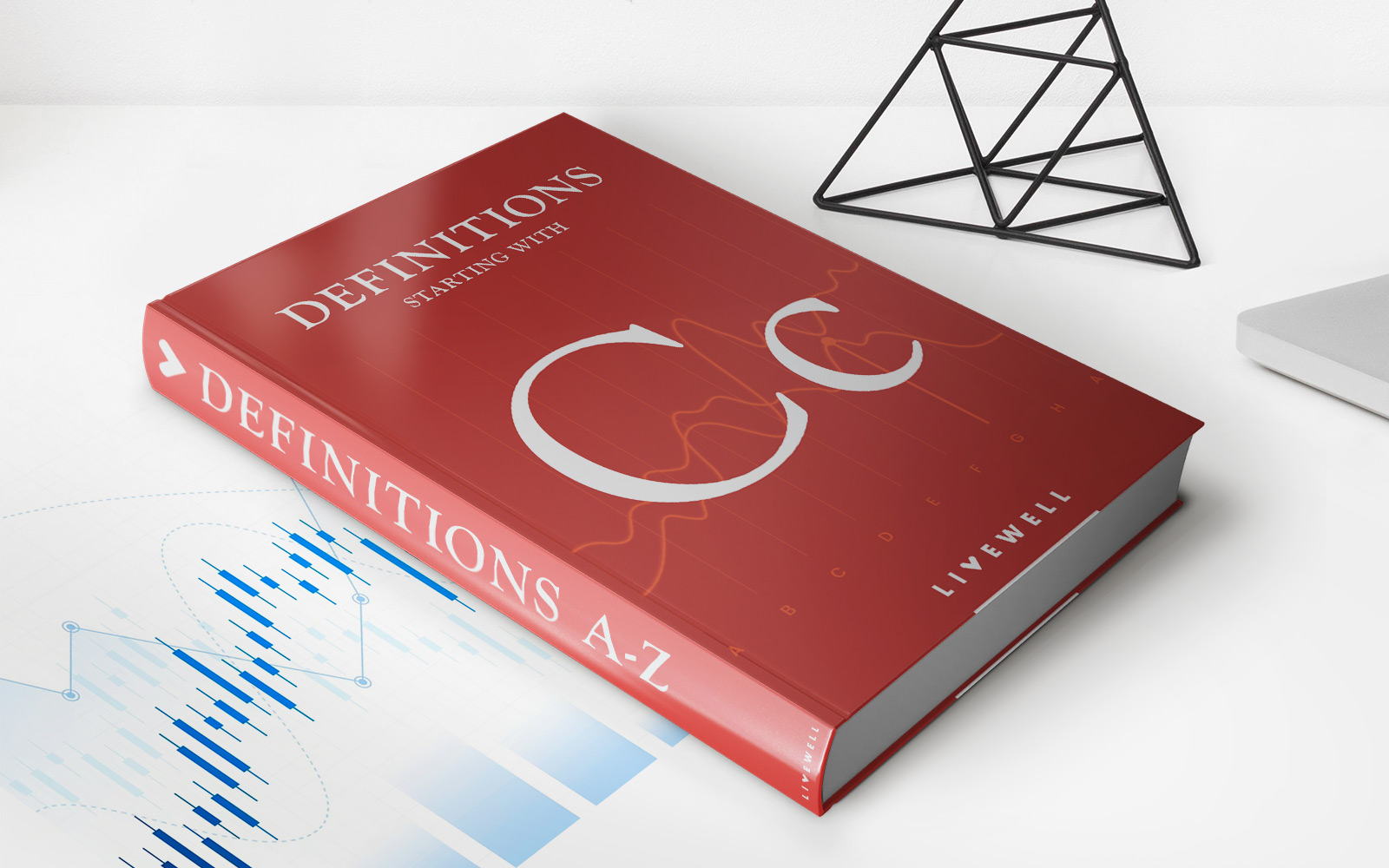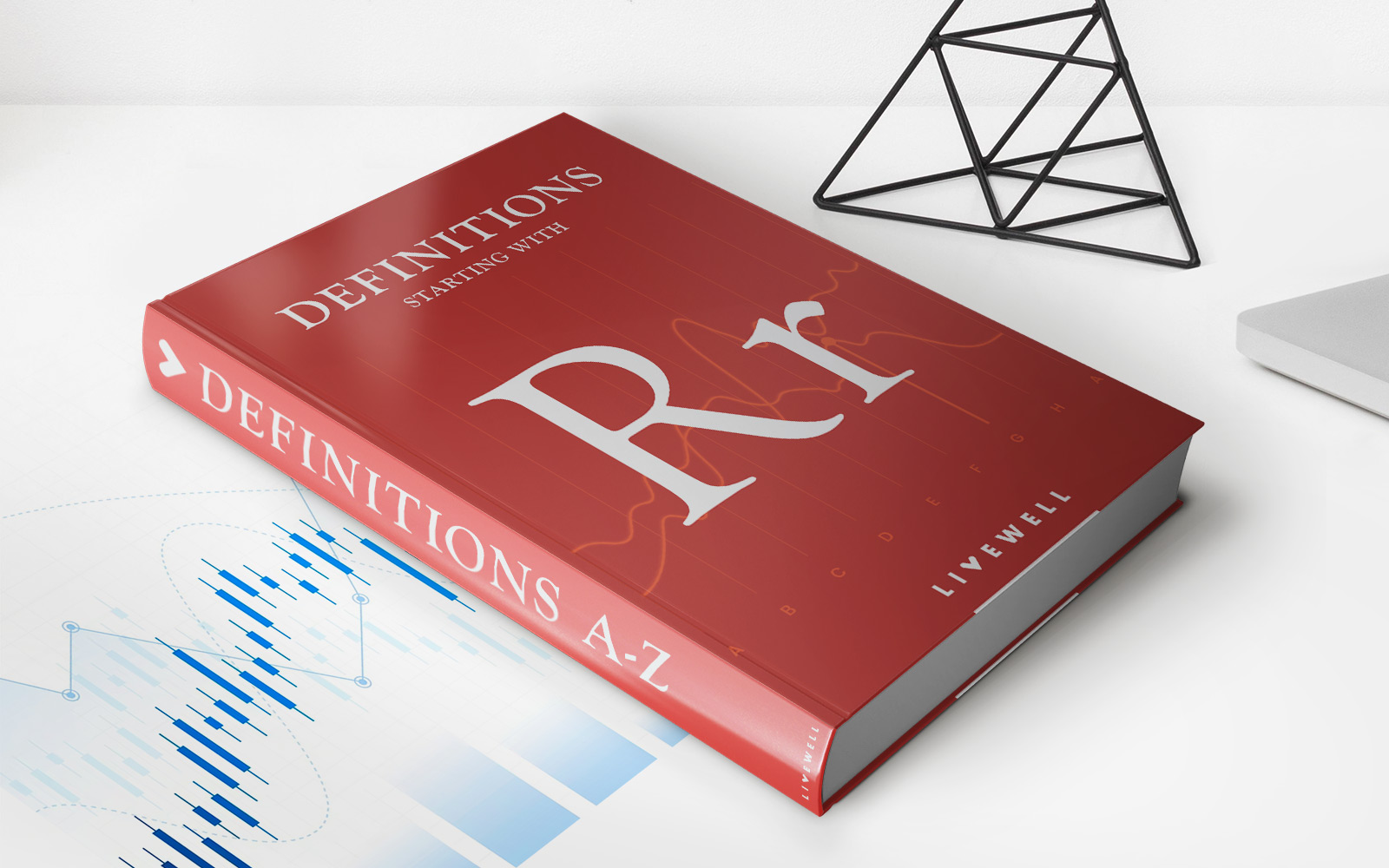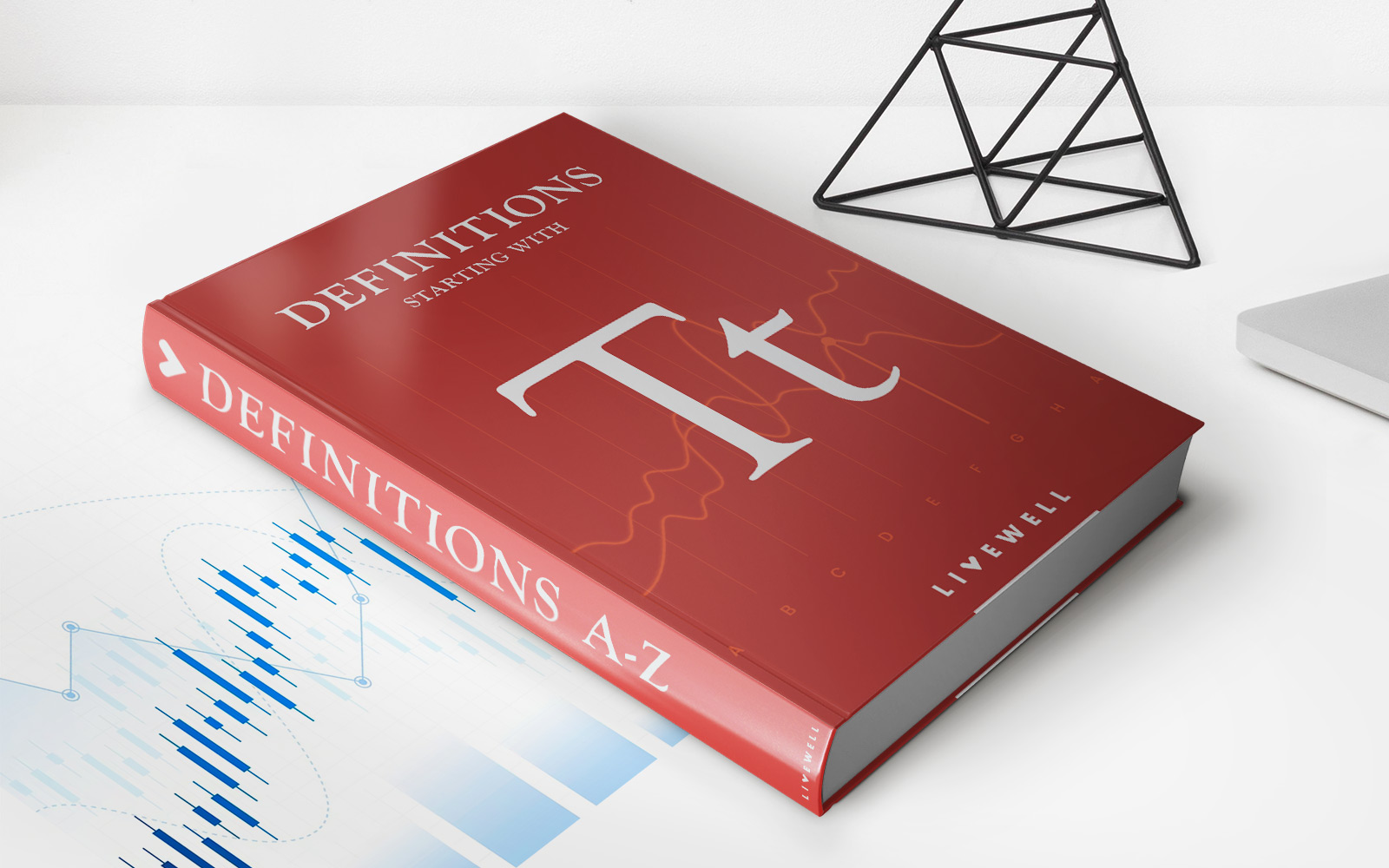Home>Finance>Explicit Cost: Definition, Examples, And How It Works
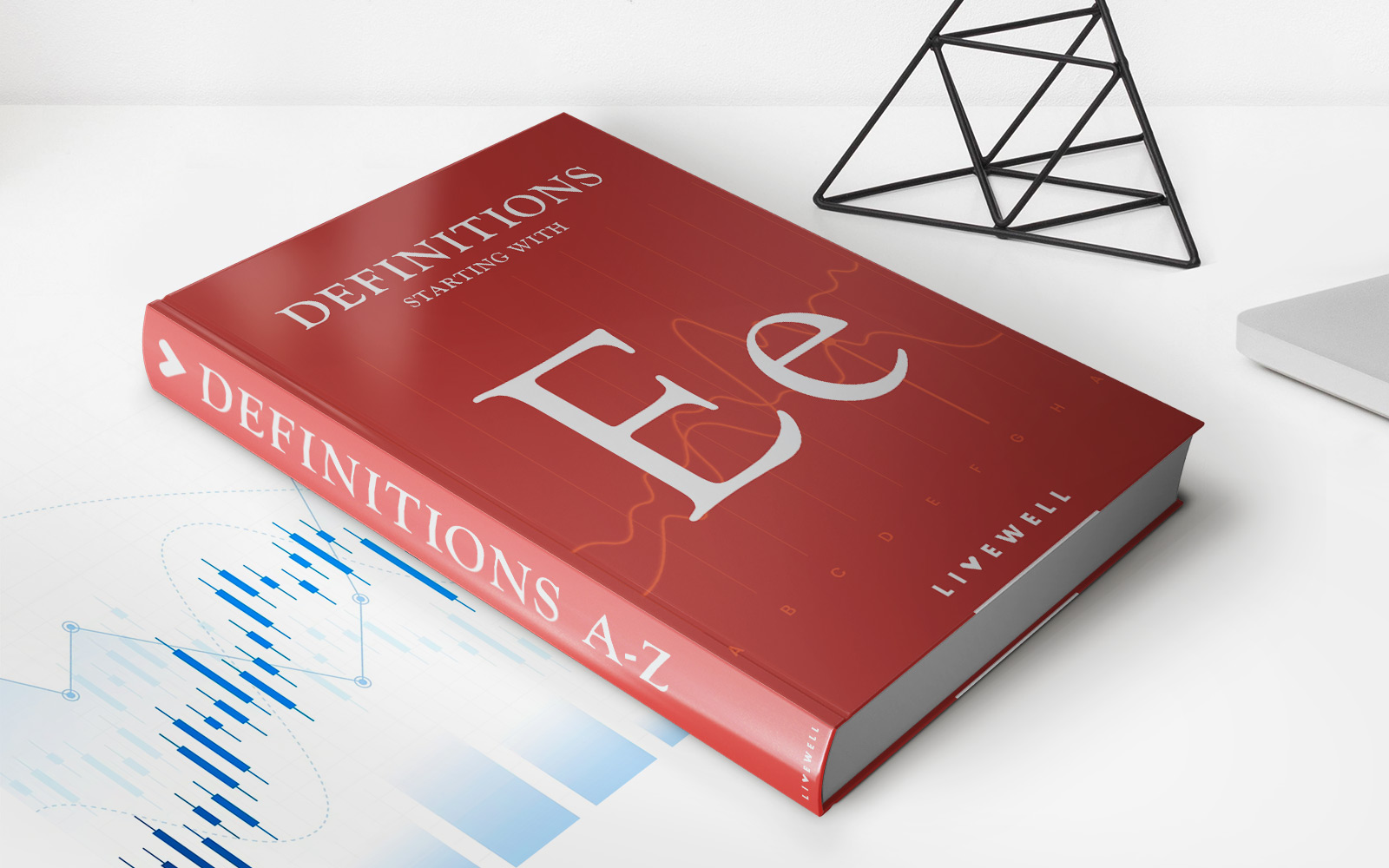

Finance
Explicit Cost: Definition, Examples, And How It Works
Published: November 21, 2023
Learn the meaning and importance of explicit cost in finance. Explore examples and understand how it impacts financial decisions.
(Many of the links in this article redirect to a specific reviewed product. Your purchase of these products through affiliate links helps to generate commission for LiveWell, at no extra cost. Learn more)
Understanding Explicit Cost: Definition, Examples, and How It Works
When it comes to managing your personal finances or running a business, understanding different types of costs is essential. One such cost that plays a significant role in financial decision-making is explicit cost. In this article, we’ll delve into the definition, examples, and how explicit cost works, so you can make informed financial choices with confidence.
Key Takeaways:
- Explicit cost refers to the actual out-of-pocket expenses incurred by individuals or businesses.
- It includes payments for items such as rent, wages, utilities, and supplies.
What is Explicit Cost?
Explicit cost, also known as out-of-pocket cost, is the monetary expenditure that someone or a business incurs while making a decision. It is the actual cash outflow that can be directly traced to a particular choice or activity. Explicit costs are easily quantifiable and are recorded in financial statements, making them an essential element in financial analysis.
Explicit cost involves actual payments made for factors of production, goods, or services. These costs are visible and tangible, making them relatively easy to track. Effectively managing explicit costs is crucial for individuals and businesses alike, as it affects profitability and overall financial well-being.
Examples of Explicit Costs
To better understand explicit costs, let’s take a look at some common examples:
- Rent: If you are a business owner, your monthly rental expense for office or retail space is an explicit cost.
- Wages and Salaries: Payments made to employees for their labor are explicit costs. This includes salaries, bonuses, and any benefits provided.
- Utilities: Expenses for electricity, water, gas, and other utility services are considered explicit costs.
- Supplies and Raw Materials: The cost of purchasing materials, equipment, or inventory needed for production falls under explicit costs.
- Marketing and Advertising: Expenses incurred for advertising campaigns, promotions, or marketing materials are explicit costs.
Explicit Cost versus Implicit Cost
It’s important to differentiate explicit cost from implicit cost. While explicit cost refers to the actual monetary outlay, implicit cost represents the opportunity cost associated with a decision. Implicit costs are not recorded as expenses but rather represent the value of the next best alternative foregone in choosing a particular option.
For example, if you decide to start your own business instead of taking a well-paying job, the foregone salary would be the implicit cost. It’s crucial to consider both explicit and implicit costs when making financial decisions, as they paint a more accurate picture of the true cost of a choice.
How Does Explicit Cost Work?
Explicit costs impact financial decision-making by influencing the profitability of a venture or the financial stability of an individual. By carefully tracking and managing explicit costs, individuals and businesses can optimize their expenditure and improve their overall financial health.
Here’s a step-by-step breakdown of how explicit costs work:
- Identify the Costs: Start by identifying all the explicit costs associated with your decision or activity. Consider expenses like rent, wages, utilities, supplies, and any other direct monetary outlay.
- Quantify the Costs: Determine the exact amount you need to spend on each explicit cost item. This will help you create accurate financial projections and budgets.
- Monitor and Control Expenses: Keep a close eye on your explicit costs, regularly reviewing and managing them to ensure they align with your financial goals.
- Make Informed Decisions: By understanding how explicit costs impact your financial position, you can make more informed decisions about spending, pricing, and resource allocation.
By following these steps and paying careful attention to explicit costs, you can optimize your financial resources and drive success in your personal or business endeavors.
Conclusion
Explicit costs are a crucial element in financial decision-making. By being aware of the definition, examples, and how explicit costs work, you can make informed choices that align with your financial goals. Remember to consider both explicit and implicit costs when evaluating the true cost of a decision. By effectively managing your explicit costs, you can enhance your financial stability and achieve long-term financial success.
